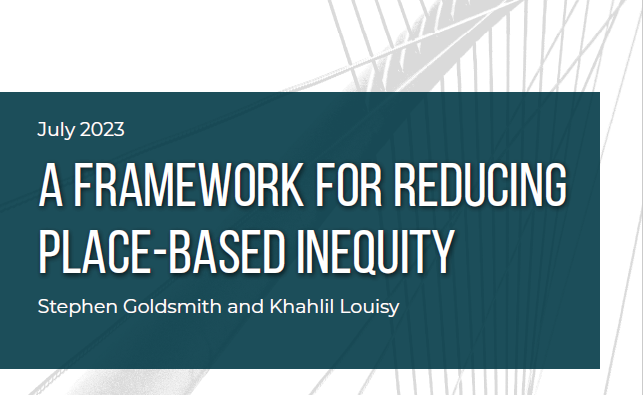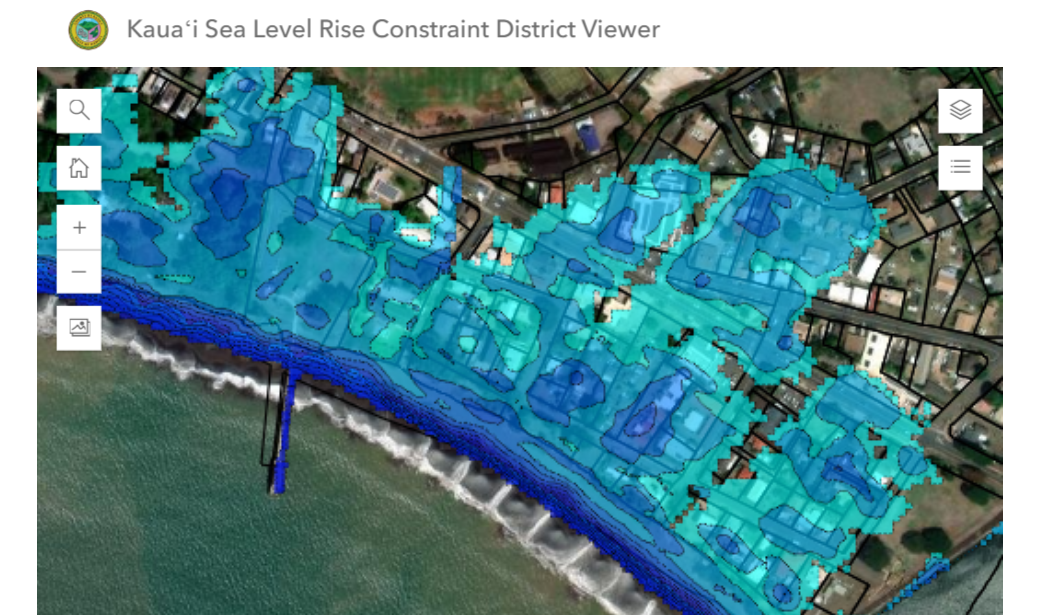- July 19, 2023
- GIS
In the spring of 2023, the Data-Smart City Solutions team at the Harvard Kennedy School (HKS) hosted 30 large-city chiefs of staff at the school, and asked whether their cities’ chief equity officers would be interested in joining a community of practice. In just the first week, more than half of the chiefs of staff answered affirmatively, enthusiastic about the chance to share the community of practice value with their colleagues. Their overwhelming positive response illustrates how much has changed. Five years ago, the position of chief equity officer barely existed. Yet, at the same time, not enough has changed. As cities wrestle with the implications of race and equity and as chief equity officers move to establish themselves inside city and governmental structures, the focus must now turn to the hard work of effecting meaningful change.
Residents and city officials often mean different things when discussing equity. Some individuals equate ‘equity’ with public action. For some, equity relates to fairness in opportunities. The language of White House Executive Order 13985 touches on both: “Equity means consistent and systematic opportunities, and impartial treatment of all individuals, including individuals who belong to underserved communities that have been denied such treatment.”i For still others, equity relates to outcomes, or it may define the more fundamental question of how we can produce a more just society.
In this framework, we think of equity as multi-dimensional, the product of all the forementioned meanings. Defined as such, in our dealings with public officials we have witnessed an almost desperate search to find ways to combat the inequities that thwart opportunity, despite the evidence to suggest that effective strategies already exist. Indeed, based on our research and our work with local leaders, we believe that applying a geographic or place-based lens to issues related to equity offers significant potential. In this paper, we focus on geography as a key mechanism for turning concern into action.
We frame the approach around geography for several reasons. First and foremost, in the United States, race and place are inextricably linked. Our cities’ neighborhoods are divided by economic status which all too often aligns with race. As summarized in a 2020 National Bureau of Economic Research (NBER) paper, “Racially restrictive covenants in deeds, steering by real estate agents, slum clearance and the construction of large public housing projects, the routing of interstate highways, discrimination in mortgage lending, the location of segregated schools, unequal labor market opportunities, threats of outright violence directed at Black families, and lack of protection of property and civil rights have all profoundly affected where African Americans lived and the degree to which they could accumulate housing wealth.” ii
NBER researchers studied the Home Owners Loan Corporation and Federal Housing Agency maps, stretching back to the 1930’s and concluded that Black people “were forced to live in the lowest quality neighborhoods before the maps were [even] created.” iii Since policies like zoning codes and unequal delivery of services continue to dominate local and state actions, interventions aimed at closing wealth, health, and education gaps must have a strong geographic component.
Second, as advocated in Collaborative Cities-Mapping Solutions to Wicked Problems,iv place – and by extension maps that layer data from multiple sources onto geographic areas – provide a platform for understanding. The compounding effect of discriminatory policies on places and the people that live in them produces the greatest harm. Layered spatial data can bring to light the aggregate and discrete impact of factors as varied as environmental conditions, safety, green space, access to health care, healthy food, and transportation. Data visualization allows users to process substantially more information than charts and tables alone and, as such, helps guide action in an immediate way.
The final reason we propose using a spatial lens to mitigate decades of discriminatory policies is structural. Most local governmental activities, although organized by agency, are delivered in a place. Spatial visualization helps facilitate cooperation across agencies and organizations, which complex problems demand and which have historically proven difficult to affect. By looking at equity through a place-based lens, local officials better understand the implications of connected actions and they have a basis for engaging the community.
As presented in the online resource for Collaborative Cities, “given the way that discrimination is rooted in America’s landscape, policies and interventions aimed at closing wealth, health, and education gaps have a strong geographic component.” v In this paper, we present seven pillars of a framework that can guide fairness in operations and equity in policymaking.
Download and continue reading A Framework for Reducing Place-Based Inequity here.


 Stephen Goldsmith is the Derek Bok Professor of the Practice of Urban Policy at the Harvard Kennedy School and the
Stephen Goldsmith is the Derek Bok Professor of the Practice of Urban Policy at the Harvard Kennedy School and the 

